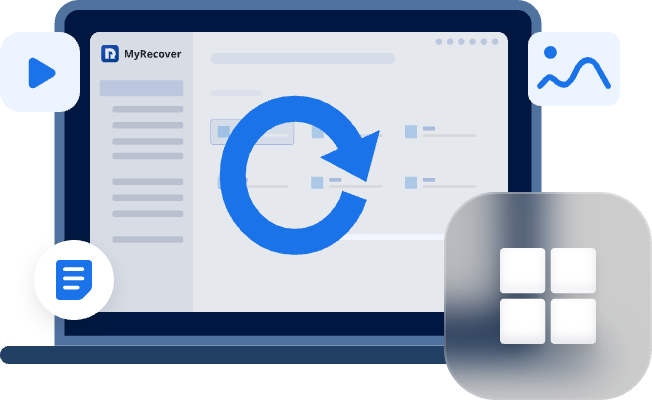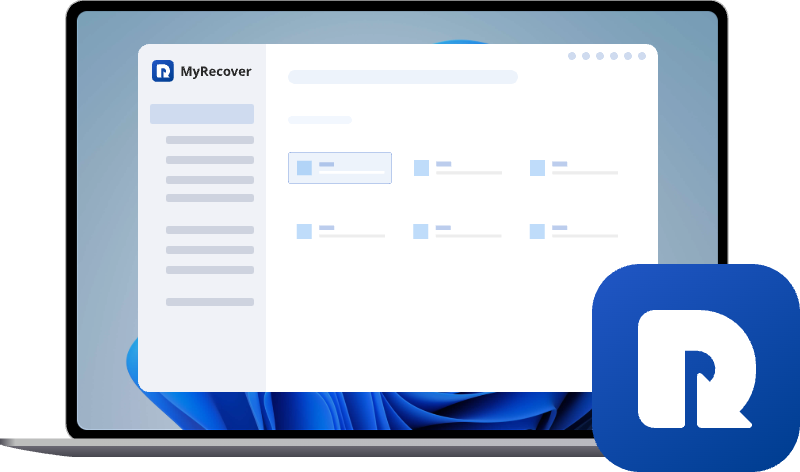WD SSD Data Recovery: Complete Guide
Looking to recover data from SSD fast and safely? This guide covers proven software, expert tips, and easy methods for WD drives, helping you avoid permanent loss and restore files quickly. Ideal for tech users facing data loss on WD solid state drives.
Understanding WD SSDs
Solid-state drives from Western Digital (WD) are popular, fast, and reliable. Still, like any storage device, they aren't immune to data loss. Before we jump into WD SSD data recovery, let's break down the basics of WD SSDs.
What Makes WD SSDs Popular?
WD SSDs are loved for:
- High-speed performance.
- Enhanced durability.
- Compact and lightweight design.
- Longer lifespan compared to HDDs.
Whether you're a gamer, content creator, or just a regular user, WD SSDs give smooth computing experiences.
Types of WD SSDs
WD provides multiple SSD models for different purposes:
- WD Blue SSD: Ideal for everyday users—balanced performance and affordability.
- WD Black SSD: Built for gamers and power users—top-tier speed, durability, and gaming performance.
- WD My Passport SSD: Portable external SSD—great for travelers, creators, and backup on the go.
Common Causes of Data Loss on WD SSDs
Data loss can happen in many ways, including:
Accidental Deletion
We've all done it—clicked delete without thinking!
File System Corruption
Power failures, improper shutdowns, or malware can corrupt your SSD file system.
Firmware Failure
When SSD firmware malfunctions, your drive may suddenly become unreadable.
Physical Damage
Drops, water, or overheating can physically damage an SSD and cause data loss.
Can You Recover Data from a WD SSD?
Short answer: Yes — but it depends.
TRIM Technology Explained
Modern SSDs use TRIM commands to erase unused data blocks, which improves performance. However, TRIM reduces the recovery chance because deleted data may be overwritten faster.
Data Recovery Possibilities
You can still recover data if:
- Data was deleted recently.
- TRIM hasn't overwritten the blocks.
- Drive isn’t physically damaged.
Best Methods for WD SSD Data Recovery
There are top 4 methods for you to recover data from WD SSD easily.
Method 1: Use Professional Data Recovery Software
When recovering deleted or lost files from a WD SSD, the most reliable DIY method is using dedicated recovery software. The recommended tool for WD SSD data recovery is MyRecover, built to handle SSD recovery, TRIM-affected data, formatted drives, and accidental deletion issues.
MyRecover is designed for Windows-based WD SSDs and recovers over 1000+ file formats including photos, videos, documents, applications, and compressed archives.
✅ Why Use MyRecover?
- Specialized algorithms for SSD recovery.
- Supports WD internal & external SSDs (Blue, Black, My Passport SSD, etc.).
- Recovers data deleted due to formatting, system crash, virus, or TRIM influence.
- Maintains original file names and folder structure.
- Beginner-friendly interface.
- Fast scanning + deep scanning mode.
- High recovery success rate compared to generic tools.
Steps to Recover Files Using Software
1. Stop using the WD SSD immediately.
2. Download the professional and trusted recovery tool, MyRecover.
3. Install software on a different drive.
4. Scan the WD SSD.
5. Preview and recover your files.
6. Save recovered data on a separate storage device.
Method 2: Restore from Backup
If you’re lucky enough to have a backup, data recovery becomes super easy. Here’s how to recover WD SSD data using different backup options:
✅ Option 1: Restore via Windows File History
1. Press Windows + S and search File History.
2. Click Restore your files with File History.
3. Browse the folder or files you want to restore.
4. Select the files.
5. Click Restore to bring them back to the original location. Or right-click → Restore to → choose a different folder.
✅ Option 2: Restore from Backup Drive (Manual Copy)
If you backed up files to an external HDD/SSD:
1. Connect your backup drive to your PC.
2. Open File Explorer.
3. Navigate to your backup folders.
4. Copy your needed files.
5. Paste them onto your WD SSD or another safe location.
Always keep at least two backup copies — one local, one cloud.
✅ Option 3: Restore Cloud Backup (OneDrive/Google Drive)
For OneDrive:
1. Click the OneDrive icon in taskbar.
2. Open OneDrive folder.
3. Right-click lost file → Restore.
4. If file still missing: Visit onedrive.com → Recycle Bin → Restore.
For Google Drive:
1. Go to drive.google.com.
2. Open Trash.
3. Select deleted file → Restore.
4. If file synced locally before deletion, also check Backup & Sync folder.
Cloud backups save lives — especially when SSDs fail due to firmware corruption.
Method 3: Use Windows File Recovery Options
If no backup exists, try built-in Windows tools.
✅ Option 1: Check Recycle Bin
1. Open the Recycle Bin.
2. Look for your file/folder.
3. Right-click → Restore.
Only works for recently deleted files not permanently removed.
✅ Option 2: Restore Previous Versions
Windows automatically stores shadow copies (if enabled).
1. Right-click the folder where your data was.
2. Select Restore Previous Versions.
3. Choose a version date before deletion.
4. Click Restore.
Works great on Desktop/Documents/Downloads folders.
✅ Option 3: System Restore
Restores system settings & sometimes file versions (not personal files always).
1. Press Windows + R.
2. Type rstrui.exe → Enter.
3. Select the restore point.
4. Click Next → Finish.
Does not guarantee full file recovery — more of a system repair tool.
✅ Option 4: Windows File Recovery Command Tool
For permanently deleted files, use Microsoft's official recovery tool.
Steps:
1. Download the tool from the Microsoft Store.
2. Press Windows + S, type: Windows File Recovery.
3. Run command based on your scenario:
1) Standard mode (for NTFS deleted files): winfr C: D: /regular /n *.docx /n *.jpg
2) Extensive mode (for formatted or severely damaged SSD): winfr C: D: /extensive /n *
- Replace C: (SSD) and D: (save drive)
- Use /n to specify file types
It’s powerful, but command-line only — not beginner-friendly.
🚨 Important Recovery Safety Tips
- Do NOT recover files to the same WD SSD (prevents overwrite).
- If TRIM wiped blocks, jump to professional software (like MyRecover).
- If SSD has clicking, overheating, or no detection → stop using it.
Method 4: Contact Professional Recovery Services
If your SSD is physically damaged, professional labs can recover data—but expect higher costs.
Tips to Increase Recovery Success
- Stop Using the SSD Immediately.
- Avoid Writing New Data.
- Store Recovered Files on Another Drive.
Simple steps, but they make a huge difference!
How to Prevent Future Data Loss
Enable TRIM Carefully
TRIM can improve speed, but it makes deleted item recovery more difficult—you need to understand your needs first.
Keep Firmware Updated
Regular firmware updates reduce failure risks.
Schedule Regular Backups
Cloud + local backup = maximum protection. >> Learn how to configure File History in Windows 10/11.
Conclusion
Losing files on a WD SSD can feel like losing precious memories or important work—but it’s not the end. With the right tools and steps, WD SSD data recovery is absolutely possible. Just act fast, don’t write new data on the drive, and choose reliable recovery software like MyRecover for the best results.
Stay smart, keep backups, and your data will stay safe!


